Slugs are the most common garden pest and the most prolific. Read on for interesting information and facts about slugs. This can be used to form a strategy for dealing with the problem.
What Are Slugs?
Members of the Gastropod family, slugs are the second biggest family on this planet. The name gastropod literally means stomach foot and describes them to a tee. Slugs are closely related to snails, they are snails without shells.

Whilst snails hibernate in winter, slugs are active at all temperatures above 5 degrees C (41 F). Their original habitat was underwater but have evolved to live on land. They are between 85-90 per cent water and can only travel by creating their own slime trail.
There are approximately 30 varieties of slug in the UK and some of these are cannibalistic and eat other slugs.
Slug Reproduction

Slugs are hermaphrodites and can reproduce with out a partner if necessary. They lay about 100 eggs per year and these can remain in the soil for many years until conditions are right for them to hatch. The life span of a slug is between 2-6 years or much less if I spot them on my lettuce.
A single slug has the potential to produce 90,000 offspring in it’s life time. The average garden has around 20,000 slugs each year. The average cubic yard (metre) of garden contains around 200 slugs.
Where Do Slugs Live?
The garden slug lives in dark, damp places like under wood, under rocks and in shady places. They like shade because hot sunshine will dehydrate them making them vulnerable to predator attack and less able to defend themselves with slime.
Do Slugs Have Teeth?
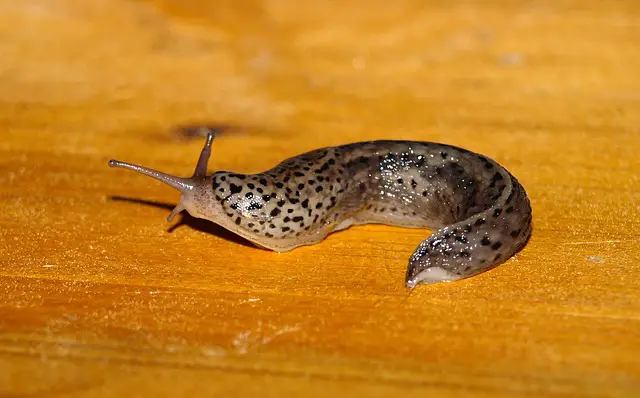
Around 27,000 teeth on average and they have been known to bite humans and animals defensibly. When they lose teeth they are replaced almost at once. Slugs eat an estimated 40 times their body weight each day.
What Do Slugs Eat?
Slugs eat mainly vegetation, mushrooms and rotting plants but many varieties eat dead animals and other slugs. Most slugs will eat from a range of over 500 different plant types and that means as a vegetable grower, they will be eating what you grow.
Are Slugs Harmful?
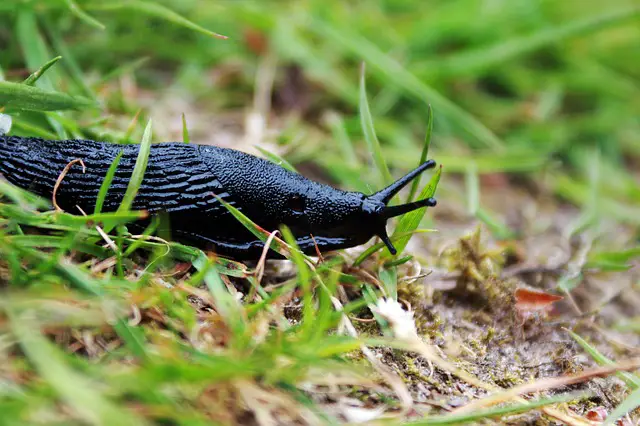
Some types of slug eat rat faeces and can pick up the parasite Angiostrongylus cantonensis which is commonly called Rat Lung Worm. This can cause meningitis in humans and lung worm in dogs. Both of which can be fatal, so yes slugs are harmful in some cases.
Of course any gardener will tell you that slugs are very harmful to plants but that in itself doesn’t make them harmful to people. There are some slug varieties like the leopard slug and the Spanish slug that are harmful to other slugs as they will eat slugs if really hungry.
What Eats Slugs?
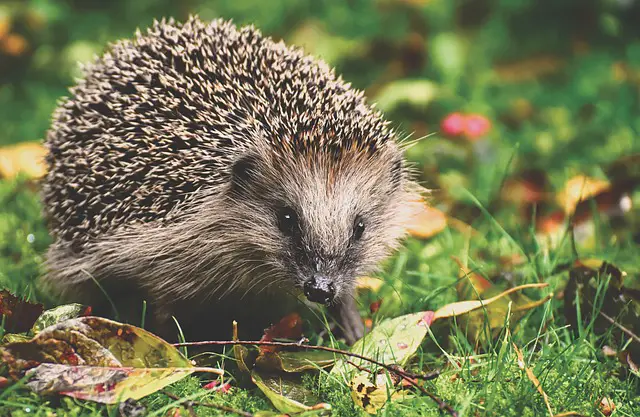
In the UK there are a number of predators that are well worth encouraging into your garden to help keep slug numbers down. These include:-
- Hedgehogs
- Frogs
- Toads
- Birds-Mainly Blackbirds
- Slow Worms
- Moles
Most of these are welcome garden friends and allies in the struggle against the slugs with the exception of moles. Moles do too much damage to lawns to ever be truly welcome. when slugs are under attack from predators, they roll into a defensive ball and produce extra slime.
The slime doesn’t taste good and makes them hard to catch and hold on to. Many birds can be seen rolling slugs in soil to facilitate picking them up with ease.
Other Interesting Facts About Slugs
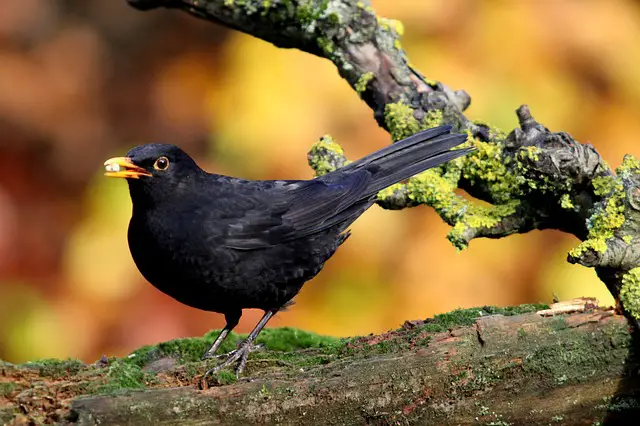
At any given time 95% of the slug population will be underground and eating your seedlings, roots and other plant material. Slugs have lived in the British Isles since the last ice age. There are new, foreign species of slugs that are heat tolerant and are causing more problems for gardeners.
Spanish Slugs
These so called Spanish slugs originated in France not Spain and arrived here in the form of eggs in imported plants or food crops. They are not bothered by the heat, don’t need shade, and produce so much slime that they are impervious to predators. On top of which they predate on indigenous slugs so do not have to rely on vegetation for food.
The Cost Of Slug Damage
It has been estimated that in the UK slug damage to commercial crops costs around £8 million each year. According to the Oregon State University, the cost of slug damage in grass seed crops was $60 million.
Oregon State University
The cost of slug damage and management for a year of established grass seed crops and establishing new crops was estimated at $60 million dollars which included yield loss, area re-planted, and area treated with molluscicides.
How Big Do Slugs Grow
Depending on the type, slugs range in size from 1/4 of an inch (0.6 cms) to 10 inches (25.4 cms). The largest known slug in the world is the European Limax cinereoniger or keel back slug which can grow up to 12 inches (30 centimetres) in length. With the second largest being the Pacific Banana Slug or Ariolimax which gets to 10 inches (25.4 centimetres).
How Fast Can Slugs Travel?
The average speed of a slug is about 1 kilometre (0.6 mile) per hour and they can stretch their bodies up to 20 times their normal size to fit through small spaces. If a slug loses one of its tentacles it will grow back in about 8 weeks.
what is slug slime made of?
The secretion that slugs use to get around is pretty disgusting to touch and yet thousands of people apply this substance to their faces as a beauty aid. Slug slime contains nutrients like
hyaluronic acid, glycoprotein, proteoglycans, and antimicrobial and copper peptides. All of which are used in beauty products and are proven to be beneficial to the skin.
Now I’m not suggesting for one second that you should rub slugs all over your face in the vain attempt to look beautiful without spending a fortune on beauty products. It has to make you look at slug slime in a different light however, one scientist calls it liquid crystal. Something to think about I’m sure, but this slime is a vital necessity for the mobilisation of slugs.
What Is Slug Slime Used For?
Slugs use their slime to navigate, but this is not their only form of navigation, slugs use their bodies to smell. They leave their own particular scent in the slime to smell their way back to their base.
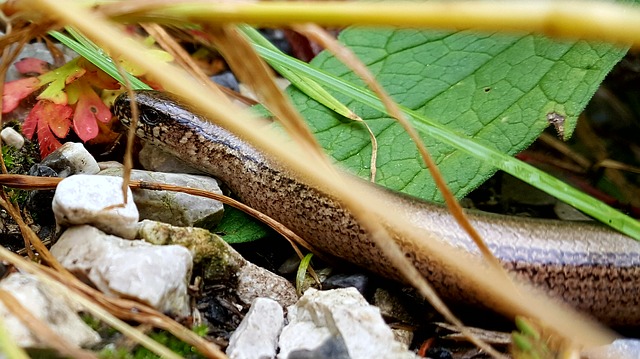
The slime left by slugs absorbs water, making it difficult to wash off but making it good for the skin.
They use this slime trail to navigate so a good way to keep them away from your plants is to disrupt these trails. Either by washing them off pathways with a vinegar solution or by raking them from the soil.
The slime produced by slugs contains natural fibres which help them to climb without falling. slug slime helps slugs travel over broken glass without damaging themselves and this is why diatomaceous earth is a good slug repellent. As it absorbs moisture as well as being sharp and abrasive.

